Pianta di zucche 🎃🧡
The English version follows in the end.
Versione Italiana 🇮🇹🇮🇹🇮🇹
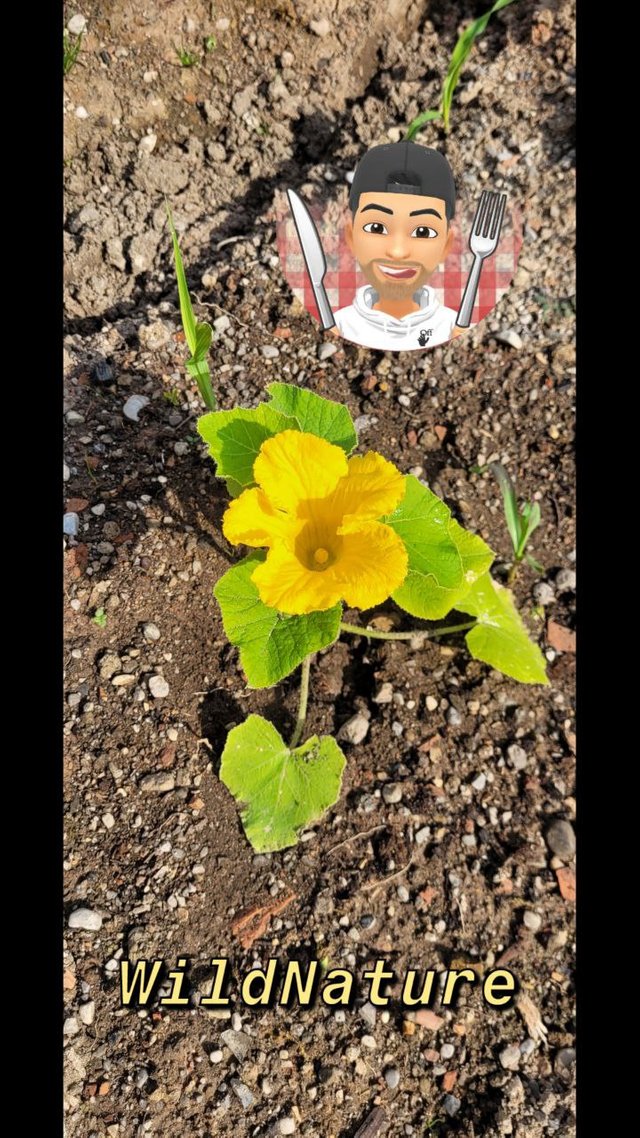
La pianta di zucca appartiene alla famiglia delle Cucurbitaceae ed è originaria dell'America centrale. Oggi è coltivata in molte parti del mondo, specialmente nelle zone temperate, per i suoi frutti versatili e nutrienti. Le zucche sono un elemento centrale della cucina autunnale e invernale, e il loro utilizzo spazia dalle preparazioni culinarie alle decorazioni stagionali.
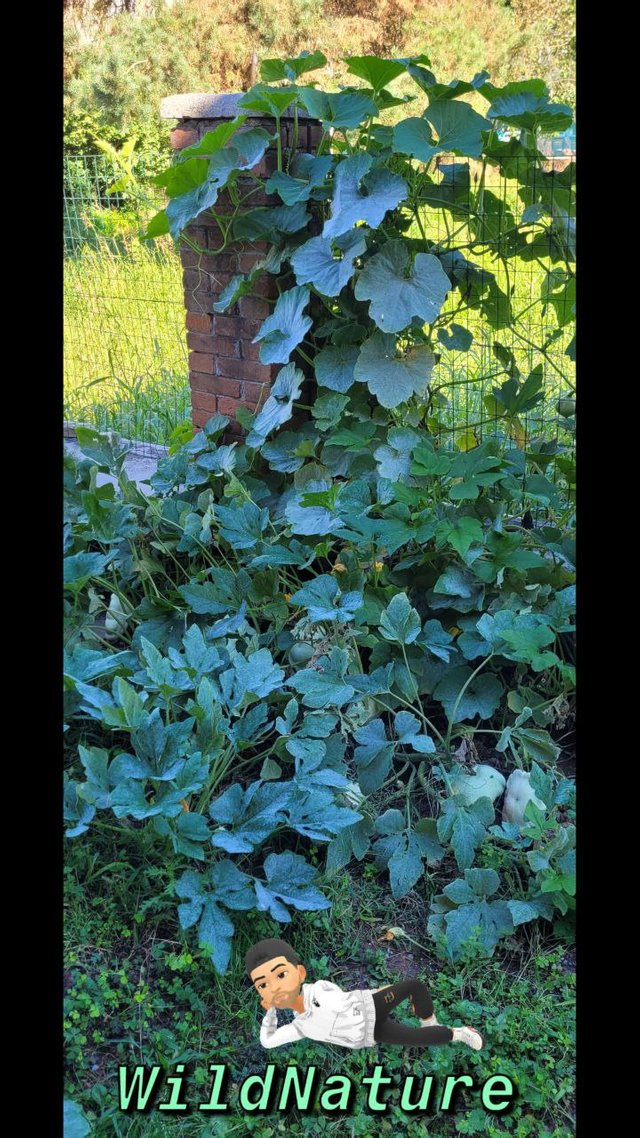
La pianta di zucca è annuale, con un portamento rampicante o strisciante. I suoi fusti sono lunghi, flessibili e pelosi, e spesso presentano viticci che aiutano la pianta ad arrampicarsi su supporti. Le foglie sono grandi, di forma palmate e a lobi profondi, con una superficie ruvida e vellutata. Le radici della pianta sono superficiali ma estese, permettendo alla pianta di esplorare il terreno in cerca di nutrienti e acqua.
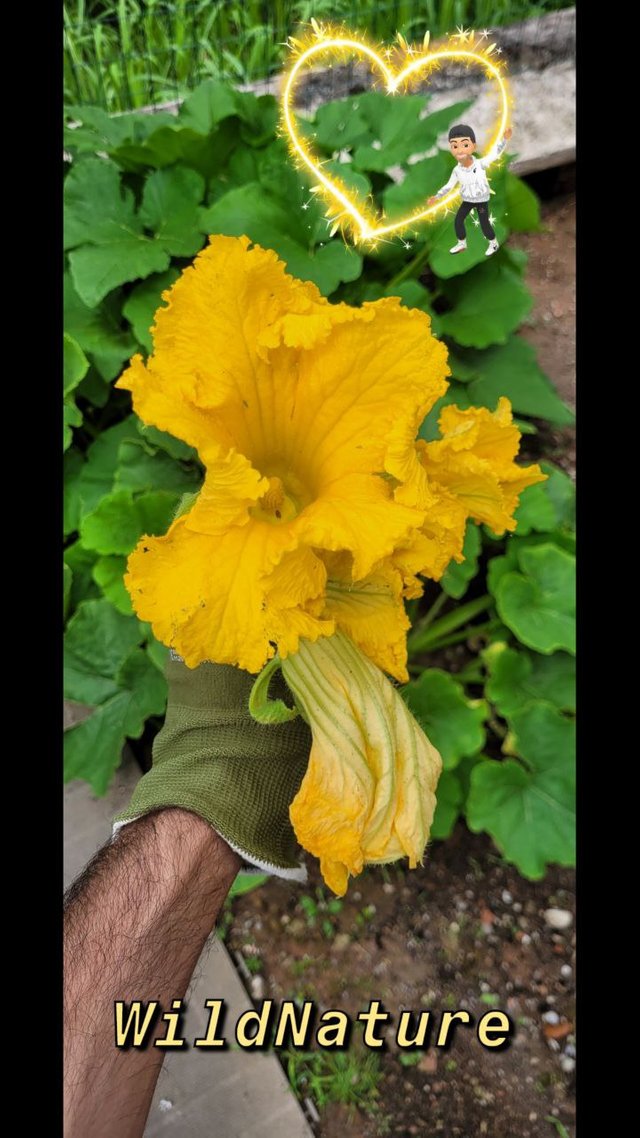
La fioritura della zucca avviene in estate, con la comparsa di grandi fiori di colore giallo brillante. I fiori sono unisessuali: quelli maschili si formano su lunghi steli sottili, mentre quelli femminili crescono più vicini alla base della pianta e sono quelli che, una volta impollinati, si trasformano nei frutti. Le zucche possono variare notevolmente in forma, dimensione e colore a seconda della varietà: possono essere tonde, allungate, lisce o rugose, e la loro buccia può andare dal verde al giallo, dall’arancione al bianco.
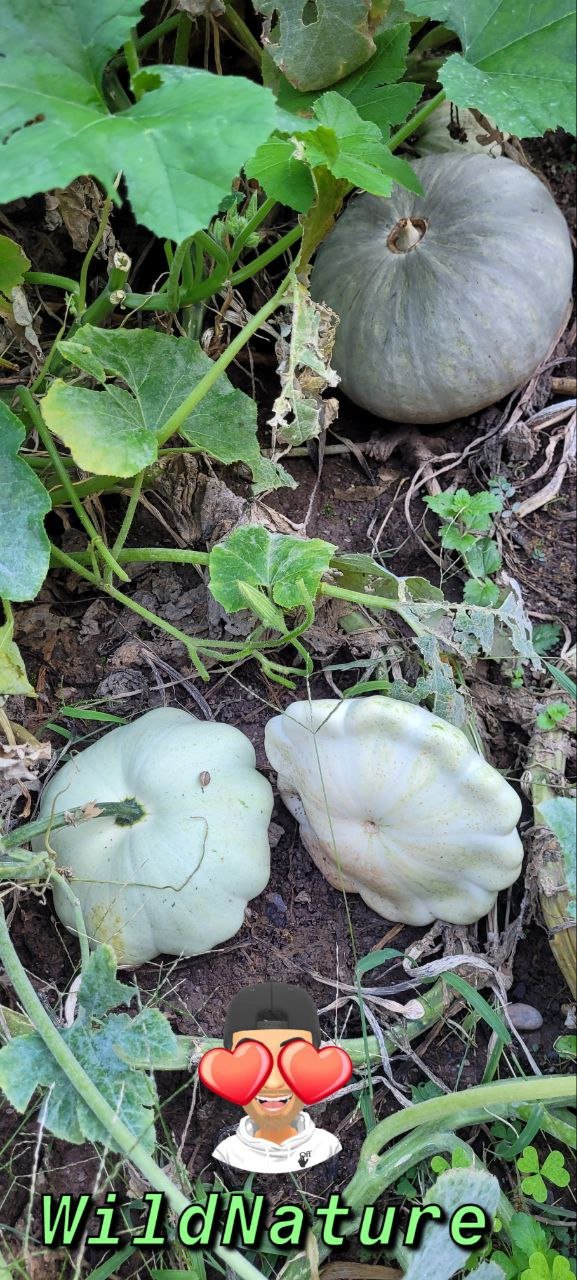
Il frutto della zucca è commestibile e molto versatile in cucina. La polpa è dolce e farinosa, ideale per preparare zuppe, risotti, torte e gnocchi. Anche i semi, una volta tostati, sono ricchi di nutrienti e consumati come snack salutare. Le zucche sono ricche di fibre, vitamine (soprattutto vitamina A, C e gruppo B) e minerali come il potassio, il magnesio e il ferro.
La coltivazione della zucca richiede posizioni soleggiate e calde, preferendo terreni ben drenati e ricchi di sostanza organica. Le zucche sono piante che necessitano di abbondante acqua, specialmente durante la fase di crescita e sviluppo dei frutti, ma non tollerano i ristagni d'acqua. La raccolta delle zucche avviene in autunno, quando i frutti raggiungono la maturazione e la buccia diventa dura.
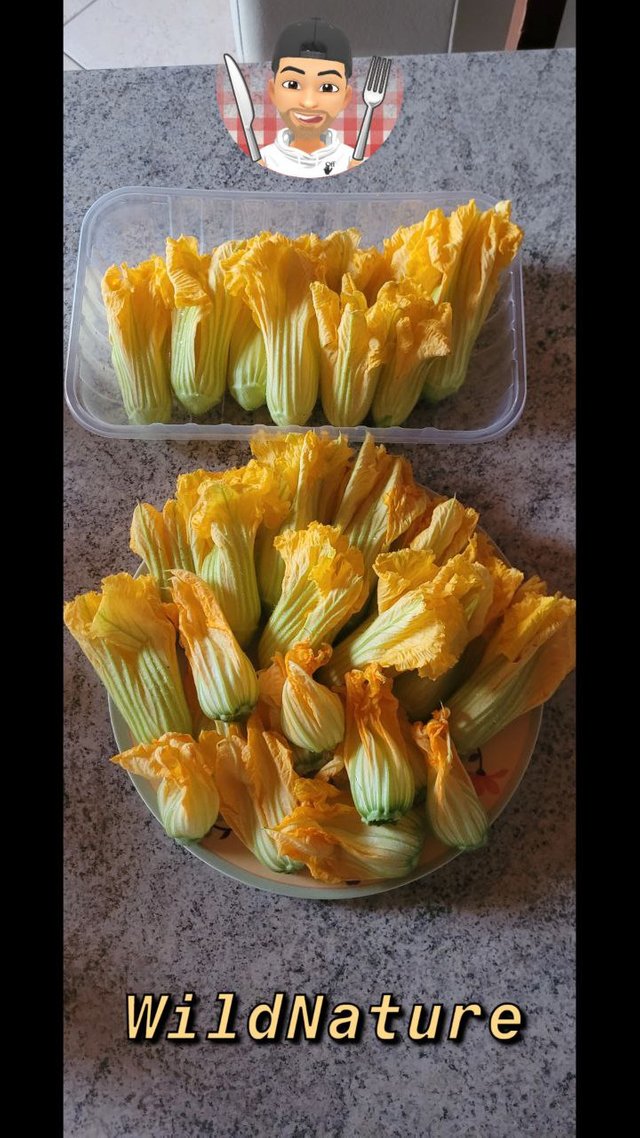
E voi, avete mai coltivato zucche nel vostro orto o realizzato qualche ricetta autunnale con questo meraviglioso ortaggio? Condividete le vostre esperienze nei commenti e lasciate un "like" se amate le zucche e i loro sapori! 🎃🌿🍲🧡
(Foto scattate da me) 📸
English version 🇬🇧🇬🇧🇬🇧

The pumpkin plant belongs to the Cucurbitaceae family and is native to Central America. Today, it is cultivated in many parts of the world, especially in temperate regions, for its versatile and nutritious fruits. Pumpkins are a central element in autumn and winter cuisine, and their use ranges from culinary preparations to seasonal decorations.

The pumpkin plant is annual, with a climbing or trailing growth habit. Its stems are long, flexible, and hairy, often with tendrils that help the plant climb supports. The leaves are large, palm-shaped with deep lobes, and have a rough, velvety surface. The plant's roots are shallow but spread out, allowing it to explore the soil for nutrients and water.

Pumpkins bloom in summer, producing large, bright yellow flowers. The flowers are unisexual: male flowers form on long, slender stems, while female flowers grow closer to the base of the plant and are the ones that, once pollinated, develop into fruits. Pumpkins can vary greatly in shape, size, and color depending on the variety: they can be round, elongated, smooth, or wrinkled, with a skin color ranging from green to yellow, orange, or white.

Pumpkin fruit is edible and very versatile in cooking. The flesh is sweet and starchy, ideal for making soups, risottos, pies, and gnocchi. The seeds, once roasted, are nutrient-rich and consumed as a healthy snack. Pumpkins are rich in fiber, vitamins (especially vitamin A, C, and the B group), and minerals like potassium, magnesium, and iron.
Growing pumpkins requires sunny and warm locations, preferring well-drained soil rich in organic matter. Pumpkins need plenty of water, especially during the growth and fruit development phases, but they do not tolerate waterlogging. Harvesting occurs in the autumn when the fruits reach maturity and the skin hardens.

Have you ever grown pumpkins in your garden or made any autumn recipes with this wonderful vegetable? Share your experiences in the comments and leave a "like" if you love pumpkins and their flavors! 🎃🌿🍲🧡
(Photos taken by me) 📸